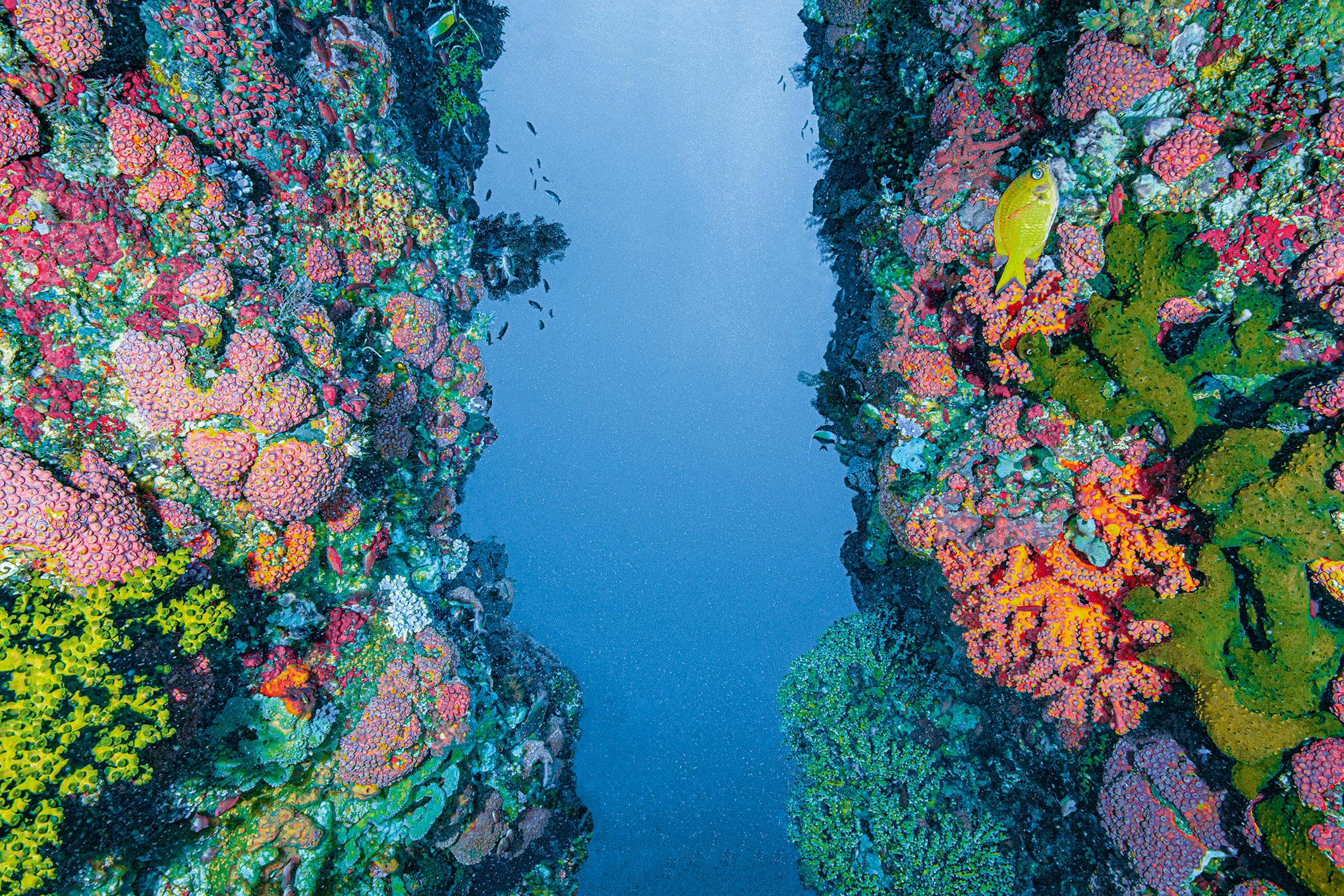For Mick Baron, the giant kelp forests of Tasmania were a playground, a school and a church. The former marine biologist runs a scuba-diving center on the Australian island’s east coast, and rhapsodizes about the wonders of the seaweed’s dense habitats. “Diving in kelp is one of the most amazing underwater experiences you can have,” the 65-year-old says, likening it to flying through the canopy of a terrestrial rain forest. “You won’t find a single empty patch in a kelp forest … From the sponge gardens on the seafloor all the way up to the leaves on the surface, it’s packed with life.”
Or rather, it was. In late 2015, a marine heat wave hit eastern Australia, wiping out a third of the Great Barrier Reef, and the kelp forests Baron had been exploring for most of his life. “We were diving in a nice thick forest in December,” says Baron. “By end of March, it looked like an asphalt driveway.” Recurring heat waves have prevented kelp and coral from recovering; marine temperatures on Australia’s east coast are on average 2°C higher than a century ago, an increase scientists attribute to rising greenhouse-gas emissions. “The ocean is deceptively fragile,” says Baron. “Two degrees doesn’t sound like much, but not many species can handle that kind of temperature change.”
Baron, a gregarious, bearded and perennially sunburned Australian, introduced generations of divers to Tasmania’s kelp cathedrals. His own grandchildren, he says, will have to learn about them from his YouTube videos. Nearly 95% of eastern Tasmania’s kelp forests are gone, a preview of what is to come for the ocean as a whole. “Tasmania’s kelp forests are the poster child for what climate change means for our oceans,” he says. “What is happening here is what will happen everywhere else in a decade or two.”
Human beings owe their life to the sea. Four in 10 humans rely on the ocean for food. Marine life produces 70% of our oxygen; 90% of global goods travel via shipping lanes. We turn to the sea for solace—ocean-based tourism in the U.S. alone is worth $124 billion a year—and medical advancement. An enzyme used for COVID-19 testing was originally sourced from bacteria found in the ocean’s hydro-thermal vents. The ocean also acts as a giant planetary air conditioner. Over the past century, the ocean has absorbed 93% of the heat trapped in the atmosphere by greenhouse-gas emissions. “If all that heat hadn’t been taken up by the ocean, we’d all be living in Death Valley conditions by now,” says marine-conservation biologist Callum Roberts at the U.K.’s University of York.
But we humans have also been squeezing life out of the sea. Increased CO₂ levels in the atmosphere have made the ocean more acidic, threatening food chains. Warming waters are not only killing sea life, they are also changing currents and affecting global weather patterns. Meanwhile we dump 8 million tons of waste into the ocean a year, in addition to agricultural and industrial runoff that poisons coastal areas. At the rate we are harvesting fish, by 2050 there will likely be more plastic than fish in the oceans. A 2019 report by the U.N. Intergovernmental Panel on Climate Change warned that without “profound economic and institutional transformations,” there would be irreversible damage to oceans and sea ice.
More From TIME
This was supposed to be the year those transformations began. A series of international policy meetings in 2020 was meant to set global targets for managing fish populations, restoring biodiversity and controlling pollution. As it did with so much this year, the coronavirus pandemic put those talks on hold. Nonetheless, environmentalists, scientists, policymakers and ocean advocates are working desperately to keep the momentum going, aware that this might be the last, best chance they have to reverse the tide. “What’s the phrase? Never let a good crisis go to waste? As we restart the economy, this is the chance to reset our goals for a healthy ocean,” says Carlos M. Duarte, a Spanish marine biologist at the King Abdullah University of Science and Technology in Saudi Arabia. “We have a very narrow window of opportunity where we can actually still be effective. Twenty years from now, it will be too late.”
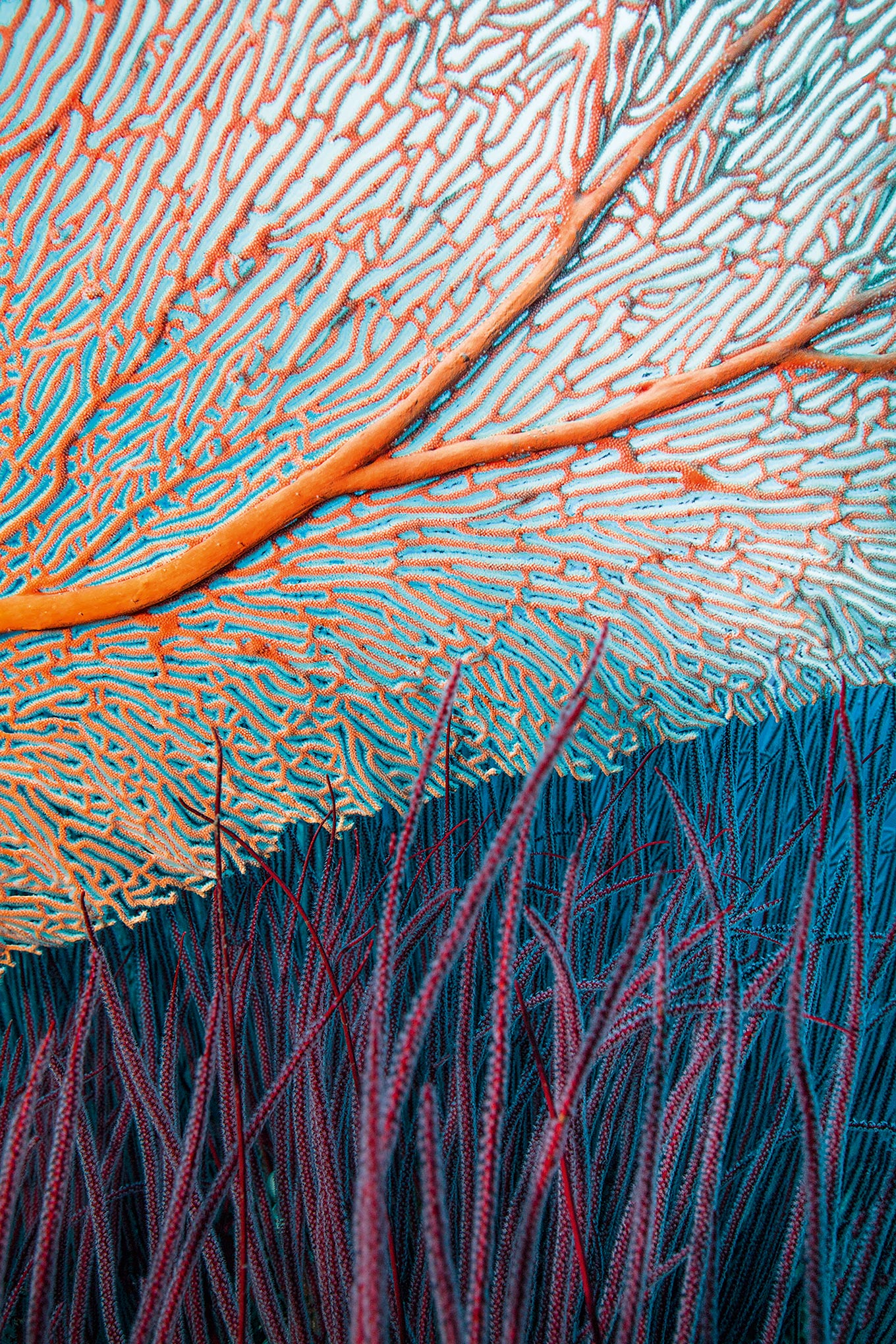
Duarte and Roberts have co-written a sweeping new study published in the journal Nature that offers a blueprint for how the ocean might be restored within a generation. The proposed measures would cost billions of dollars a year, but the return on investment would be 10 times as high in increased biodiversity, fish stocks, jobs and tourism revenue, says Roberts. “We have seen over and over again that given a chance, ocean life can come back. We just have to be willing to give it time to heal.”
A revitalized ocean would not only feed a growing population but could also strengthen our fight against climate change. Coastal habitats such as mangroves and salt marshes are extraordinary carbon sinks, sequestering as much CO₂ per acre as 16 acres of pristine Amazonian rain forest. New developments in offshore wind-farm technology can provide an inexhaustible supply of green energy, while mineral deposits on the seafloor, if mined sustainably, offer the raw ingredients for the batteries to store it. “It’s time to stop thinking of the ocean as a victim of climate change and start thinking of it as a powerful part of the solution,” says Jane Lubchenco, a marine ecologist who served as head of the National Oceanic and Atmospheric Administration (NOAA) under President Barack Obama.
When the coronavirus pandemic forced the global economy into a state of suspended animation, carbon emissions slowed, shipping idled, and fisheries closed. The ocean was allowed a moment to breathe. The pause was short-lived, of course, and the economic cost potentially catastrophic. But, like the once unimaginable sight of blue skies over industrial areas, it offered a reminder that change is within our grasp. “The coronavirus crisis has shown us when there is a threat to the global population, there is a willingness to act collectively to limit that threat,” says Roberts. The tough lessons of COVID-19 may yet translate into a stronger understanding of the inter-connectedness of our personal and planetary health—and a demand for action.
The stakes for ocean health have never been higher. The dying kelp and disappearing coral reefs should be sounding an urgent alarm, says Christopher Trisos, a senior researcher at the African Climate and Development Initiative at the University of Cape Town who focuses on the inter-section of climate change, biodiversity and human well-being. “Bio-diversity loss from climate change looks like a trickle right now, but it could become a flood very quickly,” he says. Even greater “catastrophic multi-species die-offs” could begin within the decade, Trisos predicts, starting with tropical oceans and spreading to tropical forests and temperate ecosystems by the 2050s.
Coastal nations would be first and hardest hit, with devastating consequences for the billions of people who depend on these ecosystems for their livelihoods and nutrition. “We fish on coral reefs. We depend on ecotourism. We rely on healthy [kelp] forests for carbon storage and water filtration,” Trisos says. “If there is a sudden collapse of these ecosystems in a single decade, we could lose these services. Income is at risk. Food security is at risk.”
But there are ways of preserving the ecosystems many nations depend upon. Spanish-American marine ecologist and conservationist Enric Sala has spent the past 12 years surveying and documenting the ocean’s last wilderness areas as a National Geographic explorer in residence. Through his Pristine Seas project, he has rallied governments to set aside 5.7 million sq km of coastline and ocean as marine parks where fishing, dumping, mining and other destructive industries are prohibited. The results, he says, have been astonishing. Even over a short time frame, he has watched depleted fish populations grow sixfold, kelp flourish and coral reefs bloom. Given the chance, he says, the ocean has an extraordinary ability to regenerate. “I have seen miracles on the water. The ocean is sending us a very clear message: if you just give me some space, look what I can do.”
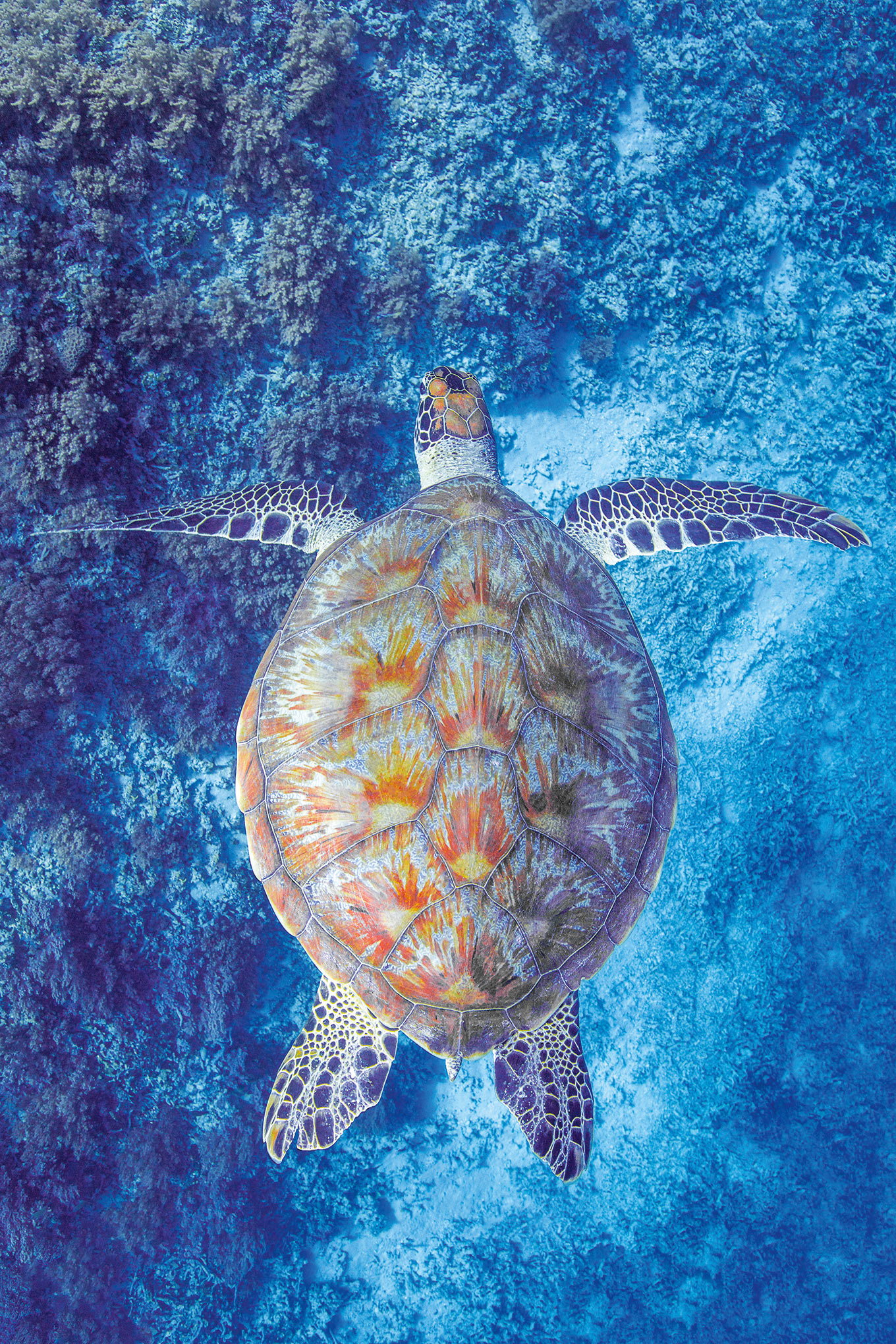
So far, says Sala, only 2.5% of the ocean enjoys the full protection it needs to do so. He has backed a global call to set aside a third of the ocean in similarly protected areas by 2030. These marine protected areas aren’t just about turning back the clock. They are a bulwark against future stresses, a kind of immunity booster for the sea that enables it to deal with threats like acidification and plastic pollution. “Not only is it necessary from a perspective of trying to undo some of the harm that we have done to the ocean over time,” says Roberts, “but it’s absolutely vital that we give it the resilience it needs to cope with what’s coming down the pike.”
Not many fishermen, or fishing nations for that matter, are likely to embrace the idea of fencing off a third of the world’s oceans. But the industry is on the brink of fishing itself out of business. The U.N.’s Food and Agriculture Organization, which monitors the state of global fish stocks, rates 33% of species as overfished, and an additional 60% as fished to their full potential. Yet the FAO also estimates that a growing global human population, slated to hit 10 billion by 2050, will require 70% more food than the planet can currently provide. The ocean can help make up the shortfall, if fish stocks are managed better now, says Lubchenco, the former head of NOAA, who is now a professor of marine biology at Oregon State University. Counter-intuitively, that means the more fish in protected areas, the better off we will be in the long run.
For those who fish, says Sala, marine protected areas act a little like a savings account where fish can be set aside to grow and reproduce like compound interest. “The larger your principal, the larger the returns. The more fish in the reserve, the greater the reproductive output. And the only way to get the large principal is to have fully protected areas.” When that bounty spills out of the sanctuaries, which it often does, the fish are fair game for industry. It’s like living on interest.
The fishing industry, at least in some areas, is starting to come around. “Given the speed at which marine species and habitats are declining, there’s a growing consensus that this requires an urgent and a globally coordinated response in improved ocean management,” says Runa Haug Khoury, director for sustainability at Norway’s Aker BioMarine, the largest krill-fishing company in the world. “For responsible fishery players, marine protected areas are not an enemy, they are a helping hand.”
Effectively roping off one-third of the world’s oceans will require an unprecedented level of global cooperation. Many countries, including the U.S. and the U.K., have committed to expand protections in their own territorial waters. But these pledges, even while being one of the biggest conservation efforts in history, cover a combined total of less than 10% of ocean areas. The higher goal can be reached only by establishing protected areas in the high seas, which are open to all nations and will require a broad consensus. Negotiations to forge a U.N. treaty for the oceans had been scheduled for March 2020 but were postponed because of the coronavirus.
Protecting areas of the high seas, which account for 60% of the oceans, won’t be an easy undertaking. For proof, you need only look south to the seas surrounding Antarctica, home to some of the most rare, vulnerable and critical eco-systems in the world. Cold-water currents spiraling away from the continent push the region’s nutrient-rich waters across the planet, pumping life into coastal fisheries even north of the equator.
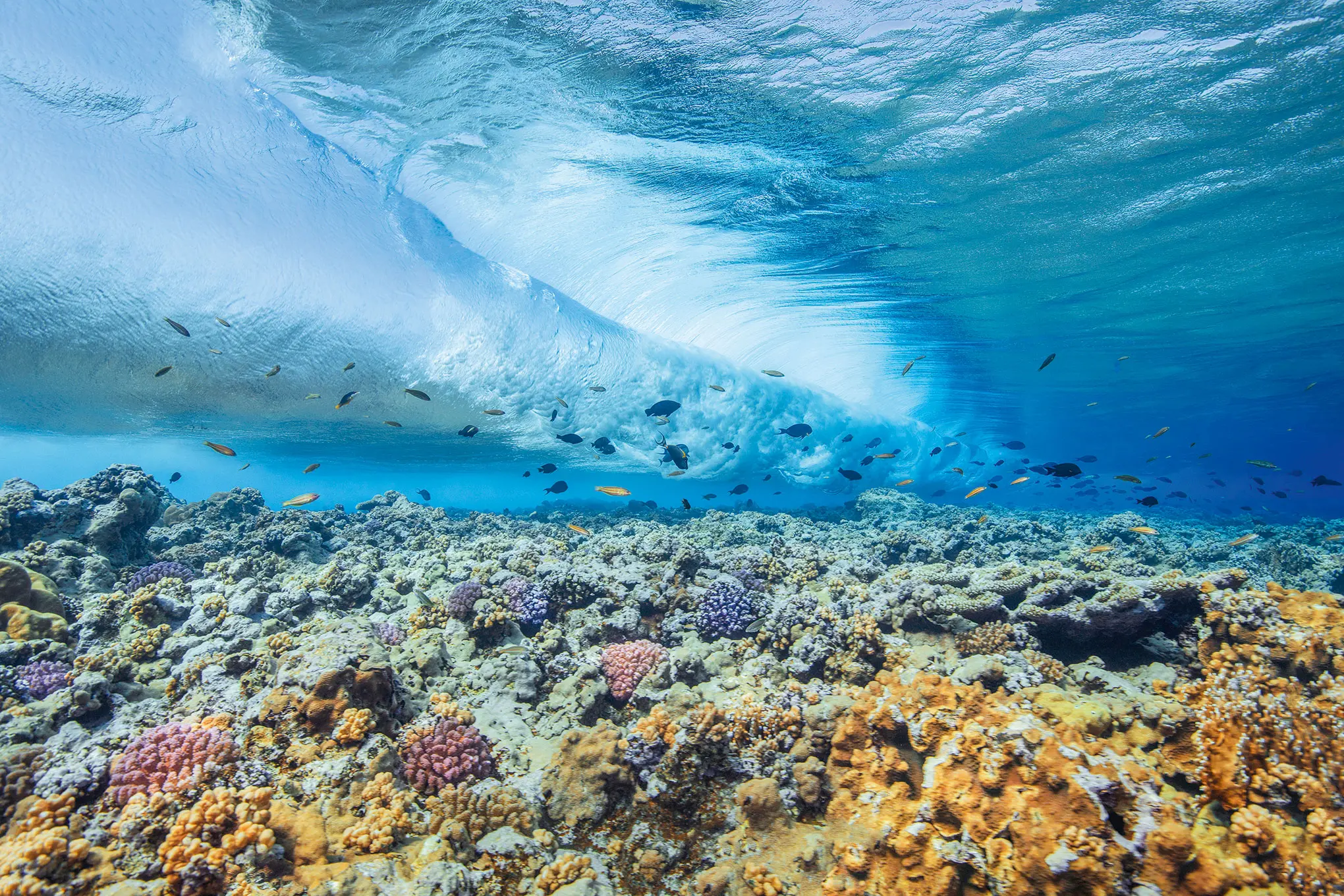
Rising temperatures threaten this precarious environment. In January, a team of scientists with New York’s Stony Brook University conducted a census of chinstrap penguins on the rocky islands and rugged shores of the Antarctic peninsula, braving pounding surf, howling winds and piles of knee-deep guano to count nesting birds by hand. These birds feed exclusively on krill, the tiny shrimp-like creatures that form the backbone of the entire ocean food chain, and their condition gives a picture of the overall health of the region. They are the canaries in the Southern Ocean’s coal mine, and they are starting to disappear.
The researchers found that most colonies they surveyed had declined over the past 50 years, some by half and others up to 77%. “This big of a drop means that there is something broken in the Southern Ocean,” said ornithologist Noah Strycker, as he paused to watch a pair of fluffy gray chicks waddle through his survey site on Snow Island. “Climate change is potentially driving shifts in krill populations, and then that’s rippling its way up the food web and affecting the penguins.”
The continent of Antarctica is protected from exploitation by international agreement, but the waters around it are not. The Commission for the Conservation of Antarctic Marine Living Resources (CCAMLR), a body made up of 25 countries and the European Union, committed in 2009 to establish a network of nine large-scale marine protected areas around the continent. The one in the Ross Sea, twice the area of Texas, is the largest such region in the world.
Yet a decade later, only this and one other have been implemented. Three others, proposed by the E.U., Argentina, Chile and Australia, have been blocked by Russia and China, which are intent on expanding their regional fishing operations. “China doesn’t want restriction on access to resources anywhere,” says Rodolfo Werner, an Argentine conservationist who has served as an adviser to CCAMLR’s scientific committee for the past 17 years. “Setting up a [marine protected area] in Antarctica sets a precedent that could be replicated elsewhere on the high seas, and [China sees] that as a threat to [its] sovereignty.”
The coronavirus pandemic has only elevated geopolitical tensions, especially between the U.S. and China. But environmental activists point to the fact that the Antarctic Treaty of 1959, which defines and protects the continent as a “natural reserve, devoted to peace and science,” was signed by 12 countries including the U.S. and the Soviet Union at the height of the Cold War.
Roberts, whose paper for Nature calls for 30% of the world’s oceans to be kept aside to recover from overfishing and exploitation, believes that the pandemic might yet clarify minds. “If there’s a lesson from the coronavirus crisis, it’s that global problems need global solutions,” he says. “Hopefully the outliers will be more open to that message in the coming years, moving toward greater international cooperation and agreement when it comes to the things that are vital to our existence here on earth.”

An international agreement to protect the oceans would be a huge step—but it is only one tool, and an expensive one. No amount of protection can block pollution or plastic debris, or reduce temperatures. Establishing marine protected areas is like taking an aspirin for brain cancer, says Camilo Mora, a reef-ecology scientist at the University of Hawaii at Manoa. “You think it’s working because the headache goes away, but the tumor is still growing. Unless we cut greenhouse-gas emissions, the threat remains.”
The key to reducing emissions may also lie within the oceans, according to Lubchenco, who has been studying the impact of global warming on ocean ecology for decades. In 2009, she memorably demonstrated to the U.S. Congress the dangers of increasing ocean acidification by submerging chalk, representing the calcium carbonate component of most sea creatures’ shells, into solutions of water, water mixed with vinegar, and pure vinegar. In plain water, nothing happened. In the half-and-half solution it started to break down. In vinegar, it dissolved within minutes. She is still using solutions to make a point, having recently co-authored a study that calls itself a to-do list for reducing emissions currently produced through human use of the ocean. The shipping industry can be decarbonized through the use of hybrid battery technology. If offshore wind power could be harnessed from floating platforms in the deep sea as well as from fixed turbines in shallow water, as new prototypes promise, the industry could supply the equivalent of 11 times today’s global demand for electricity, according to the International Energy Agency. Wetlands, mangroves and seagrass meadows are important carbon sinks, she says, and should be protected and restored.
Most vital would be changing the human diet. If sustainable aquaculture and mariculture methods (farming seaweed for consumption by both humans and livestock) were implemented, the ocean could supply six times more food than it does today, Lubchenco says, representing two-thirds of the animal protein that the FAO estimates will be needed to feed the global population in 2050. “Because cattle in particular are so carbon intensive [the beef industry accounts for 6% of global emissions], switching from meat to sustainably farmed fish would make a significant impact.”
Added all together, the paper’s authors conclude, the ocean could provide as much as one-fifth of the carbon-emission reductions needed to limit global warming to 1.5°C by the end of the century. “That’s just a very specific example of how the ocean has been out of sight, out of mind, and whoa, here, look, there is huge potential we hadn’t been paying attention to,” Lubchenco says.
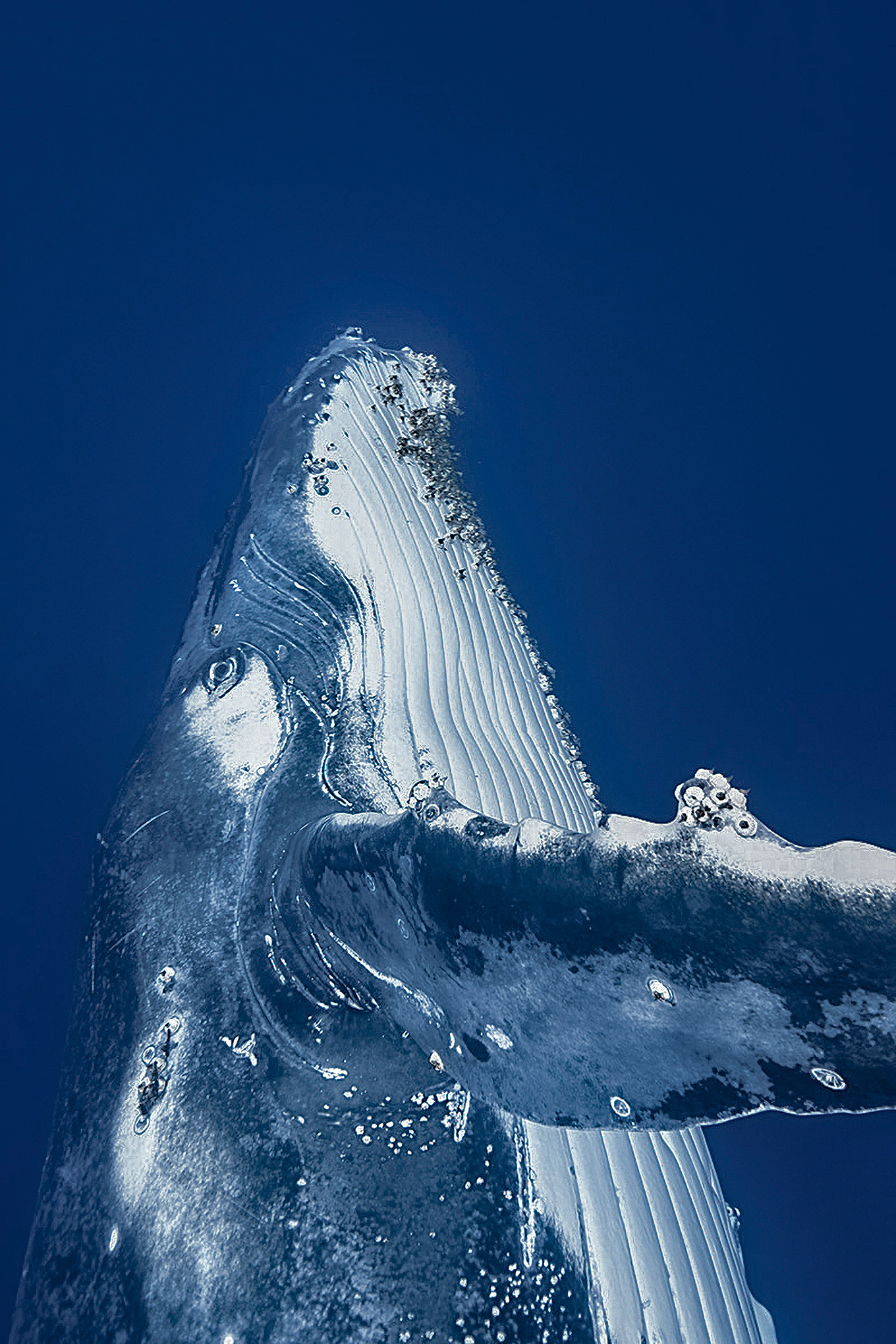
But the balance between sustainable use and conservation of the oceans is delicate, and sometimes fraught with complications. Deep-sea mining in the Pacific Ocean, for example, could yield massive increases in cobalt, nickel, copper and other materials essential to meet the demand for clean-energy technologies and batteries. The U.N.’s International Seabed Authority is expected this year to codify environmental-protection codes before allocating permits for the extraction of so-called polymetallic nodules. But environmentalists and marine biologists are calling for a moratorium on permits until more research has been done on these deposits and their role in the ecosystem. The mining industry is asking them to look at the bigger picture. “There is a single deposit on the seafloor that can provide the minerals we need for a clean-energy transition, which will slow ocean acidification—the biggest negative contribution to ocean health,” says Kris Van Nijen, managing director of Belgium-based Global Sea Mineral Resources, one of the companies vying for a permit. “Yes, it is an extractive industry, and yes, it is going to come with some impacts, but solutions to combat climate change will not fall from the sky. It’s all about trade-offs.”
The trade-offs work in both directions. If the ocean is to also become humanity’s partner in combatting the twin challenges of climate change and a growing population, the era of limitless exploitation must come to an end—and soon. The ocean does not live on a human timescale. Actions taken now will take decades to bear fruit, yet if nothing is done, the repercussions will be swift. This year, the pandemic forced a pause in the negotiations that were to decide the ocean’s fate. It also offers an opportunity to consider what the ocean means to us.
For far too long we have viewed the ocean, with its incomprehensible vastness, as a source of infinite bounty and too big to fail. Then, when the ocean—robbed of its fish, sickened by plastic and poisoned by pollution—started to decline, the problem seemed too big to fix. But ours is an ocean planet, and without it we won’t survive. The truth may be dawning that the ocean, as Lubchenco puts it, “is too big to ignore.” —With reporting by MADELINE ROACHE/LONDON
The accompanying photographs by Chris Leidy appear in the recently published book The Coral Triangle (Assouline)
More Must-Reads from TIME
- How the Economy is Doing in the Swing States
- Democrats Believe This Might Be An Abortion Election
- Our Guide to Voting in the 2024 Election
- Mel Robbins Will Make You Do It
- Why Vinegar Is So Good for You
- You Don’t Have to Dread the End of Daylight Saving
- The 20 Best Halloween TV Episodes of All Time
- Meet TIME's Newest Class of Next Generation Leaders
Contact us at letters@time.com
